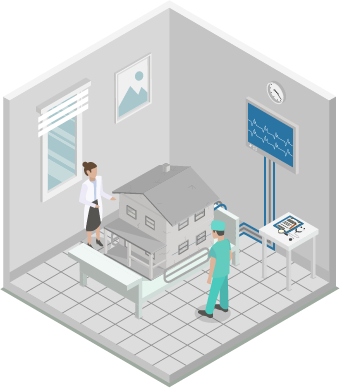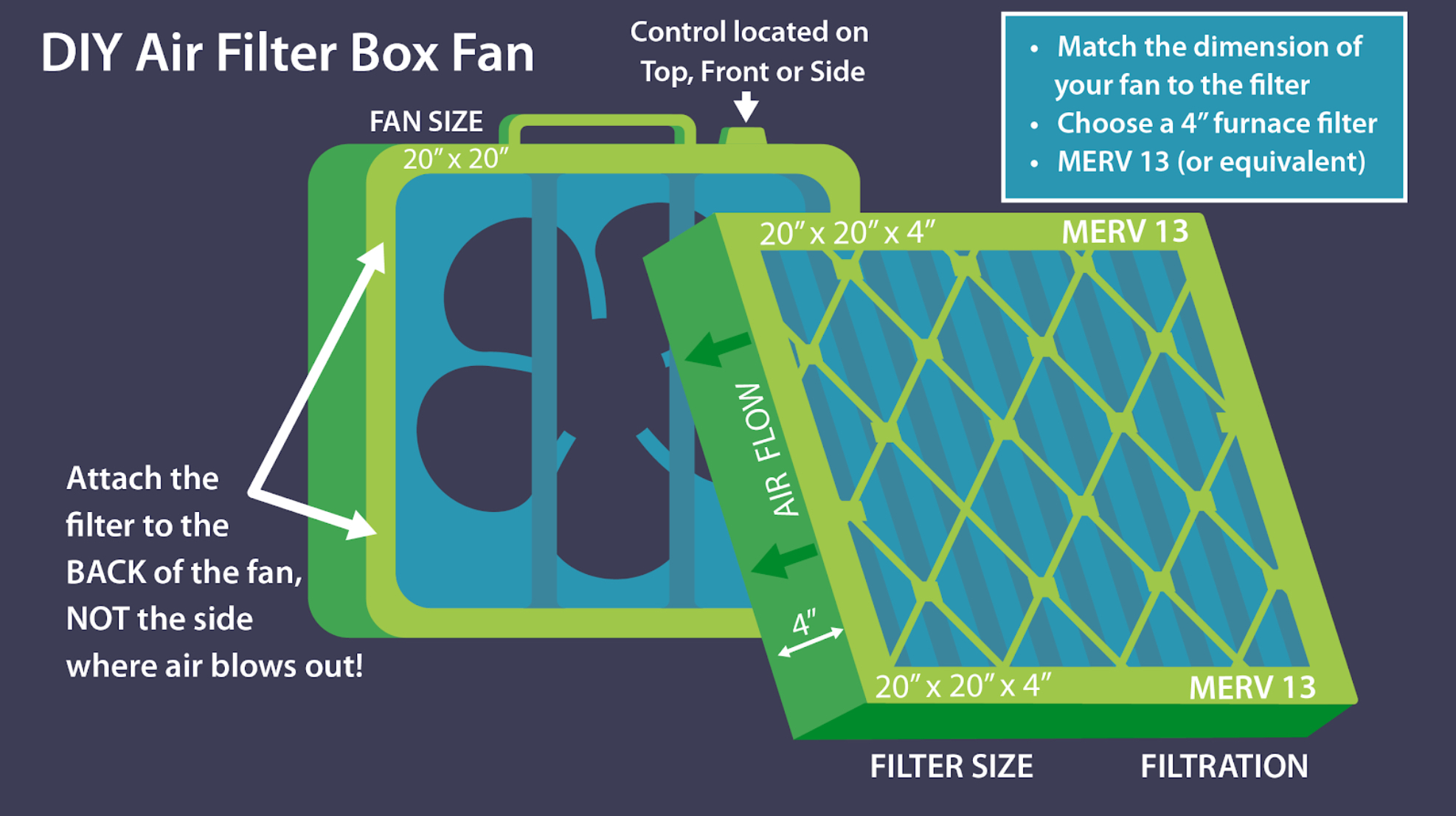Pests: A Common Asthma Trigger
Pests can range from a nuisance to a serious health concern. They can carry disease-causing microorganisms and parasites, create odors, and can damage the structure of a building. Worse, research has shown that cockroaches and rodents are a trigger for asthma. For example, cockroaches, have certain proteins found in their saliva, feces and body parts which can cause allergic reactions or trigger asthma symptoms. Kids that are sensitive to the cockroach allergen have been identified as one of the strongest risks for the development of asthma in low-income urban populations, while exposure to pests like rats and mice can cause exacerbate or cause an asthma attack.
Asthma & Pesticides
Some pest control methods themselves can also impact allergies or can be an asthma trigger. There is an established and firm link between asthma and the use of pesticides – and exposure to the chemicals often used to combat these pests can be problematic for the health of everyone in your family.
When it comes to pest control, it’s important to use methods that don’t negatively impact your indoor air quality and expose the occupants (people and pets) to toxic chemicals. We recommend using Integrated Pest Management (IPM) and hiring a professional pest control company who operates according to these principles. However, there may still be parts of IPM that cannot be performed if occupant(s) have asthma or chemical sensitivities
What is Integrated Pest Management?
IPM is a management process of identification and eliminating food, water, and harborage locations to make your home less desirable to pests. These preventative measures help manage pests in an effective, economical and environmentally sound way. Integrated Pest Management has proven to be effective at removing current pests, preventing future re-infestations, and most importantly,with methods which don’t expose people and pets to potential, or known, hazards.
Key Principles of IPM
Integrated Pest Management consists of 6 principles: Inspection and Identification, Exclusion and Denial, Education and Action, Sanitation, Physical Control, and Monitoring.
- Inspection and Identification—Thoroughly inspect the interior and exterior of the home for ways the pests could get in. If you’re not able to identify the pests, a person with the correct experience and knowledge should be hired.
- Exclusion and Denial— This means sealing openings outside and inside the home and removing places where they can nest.
- Education and Action— Occupants need to be informed of the IPM approach, why it works, what is being done, and how they can help.
- Sanitation— Pests eat what humans leave behind: garbage, crumbs, pet food, and scraps on dishes in the sink. They drink it, too, from soaking dishes or water in pet bowls. Some common pests like mice, rats, and cockroaches prefer grease as a food source.
- Physical Control— This step is when eliminating the pest itself begins. The method depends on the pest. Roach baits, gels applied in cracks behind appliances, boric acid or diatomaceous earth dust, and live or kill traps are options. Though this list includes some pesticides, the emphasis is on safer, contained options that occupants won’t come in direct contact with.
- Monitoring— Monitoring involves using glue traps (insects, rodents) or snap traps (rodents) to determine if or when the pest has been eliminated. They should be checked every two days at first, then weekly and then monthly thereafter . Monitoring shouldn’t be viewed as a “final” step. It’s an ongoing effort that tells occupants whether greater efforts are needed on steps 2 through 5.
IPM vs. Traditional Pest Control Methods
Pests of many kinds can and will infiltrate a house looking for spaces that are warm and offer a source of food and water. The common, and most popular response is to immediately kill whatever is seen. There are two problems with this approach if you are seeing more than the occasional roach:
- The problem of the colony home, nest, and/or breeding location is not addressed;
- The chemicals used in the majority of household pesticides can be harmful to people, not to mention those who suffer from asthma.
Conventional pest control tends to ignore the causes of pest infestations and instead rely on routine, scheduled pesticide applications. Pesticides are often temporary fixes and have proven ineffective in the long run. Non-toxic and least toxic control products are a major growth area and new materials and devices are increasingly available in the marketplace.
Hayward Score’s Action Plan: Pest Management
To manage asthma and allergy triggers effectively, it is important to minimize your exposure to pesticides or chemicals frequently used for pest management. For more information, download our action plan on Pest Management here. Our methodology encompasses building science, medical science and academic research in combination with practical experience.
Hayward Score helps you discover how your home may be impacting your health in minutes – – for FREE!
Answer a quick set of questions then get a personalized list of action items. Transform your home and health today!

ARE YOU CONCERNED YOUR HOME IS MAKING YOU SICK?
Our guide on indoor quality will help you diagnose possible issues and implement intelligent solutions to improve the quality of the air inside your home.















